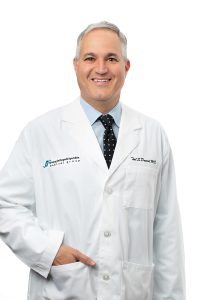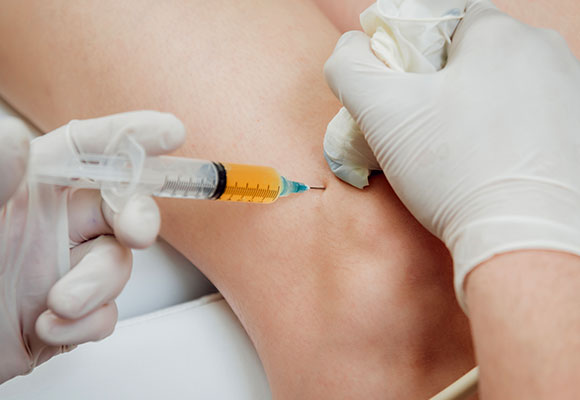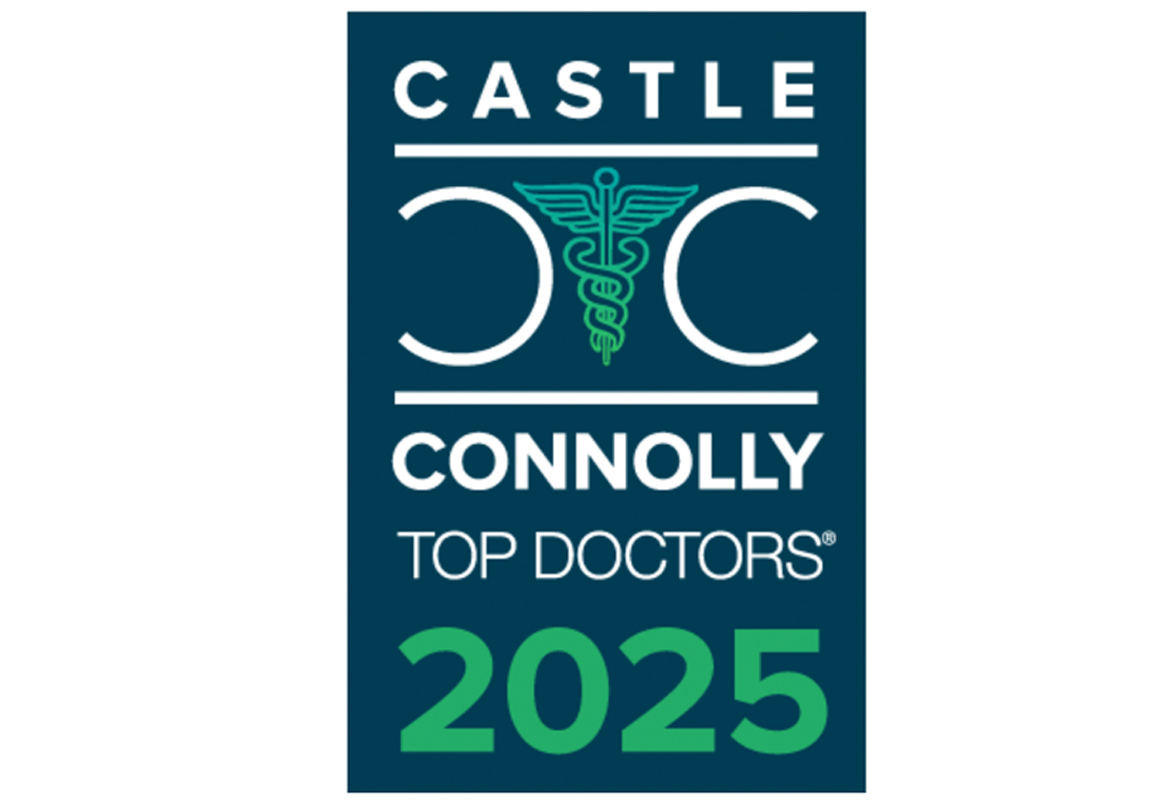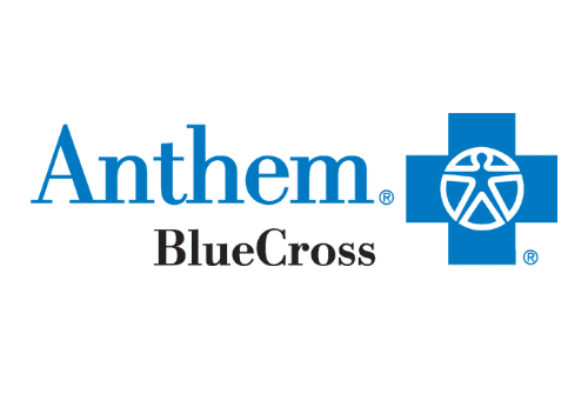Tal S. David, MD
 It has been said that sometimes the greatest gifts come in small packages. In medicine, this proverb certainly applies to the human platelet. Platelets are the smallest of the three major types of blood cells. Their average lifespan is only 5 to 7 days, but the role that they play in the body is an essential component of fighting cancer, chronic diseases, and traumatic injuries.
It has been said that sometimes the greatest gifts come in small packages. In medicine, this proverb certainly applies to the human platelet. Platelets are the smallest of the three major types of blood cells. Their average lifespan is only 5 to 7 days, but the role that they play in the body is an essential component of fighting cancer, chronic diseases, and traumatic injuries.
Platelets circulate in our blood stream serving as “ambulances” that search and rescue any damage to blood vessels. Once activated, they adhere to the area of injury and release granules that contain growth factors and restorative building blocks to help fix the damaged tissue. PRP therapy allows physicians to harness these powerful cells to treat a host of orthopedic injuries and disorders. In some situations, PRP can even be a good alternative to surgery.
The process is as simple as collecting a tube of your own blood and spinning it in a calibrated centrifuge that is programmed to separate the platelets from the other blood cells. The result is a tablespoon-sized volume of liquid (plasma) which is rich in platelets (hence the name, platelet-rich plasma). The ready-made PRP is then injected into an area of damaged tissue. In orthopedic clinics, the most common ailments treated with PRP include tendinitis conditions such as lateral epicondylitis (golfer’s elbow), patellar tendinitis (jumper’s knee) and Achilles tendon disorders. More recent studies have demonstrated the benefits of PRP in patients with pain related to arthritis, ligament sprains and muscle tears.
Because the injection is created from your own blood and administered immediately after centrifugation, it is safe and cleared for use by the FDA. The main drawback to PRP is the cost, and since most insurance providers do not cover this treatment, a patient should expect to pay out-of-pocket for this uncovered benefit.
The applications of PRP therapy have grown as research on patient outcomes has expanded. What was once considered “experimental” by most doctors has now demonstrated clinical efficacy for a variety of orthopedic conditions.
If you have an interest in trying PRP for your orthopedic condition, ask your Synergy Orthopedic physicians if this treatment is right for you.



